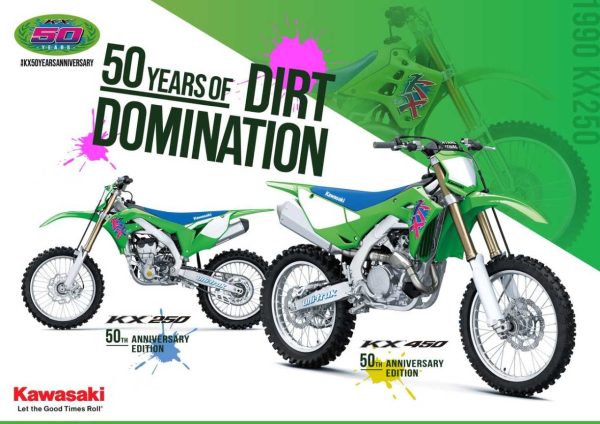Yamaha Announces New YZ250FX & WR250F
Yamaha Announces New YZ250FX & WR250F Along with Additional Updates to Off-Road Lineup MARIETTA, Ga. – July 10, 2024 – Yamaha Motor Corporation, USA is introducing its new lineup of 2025 off-road motorcycles with thrilling options for enthusiasts ranging from young beginning riders to seasoned professionals. The spotlight for 2025 falls on the exciting and […]
Yamaha Announces New YZ250FX & WR250F Read More »

